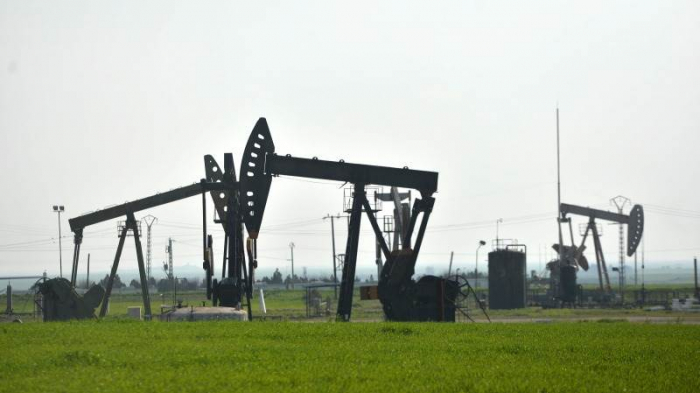Brent crude futures gained 44 cents, or 0.54%, to $82.64 at 0422 GMT, extending gains of around 2.7% from the previous session. U.S. West Texas Intermediate (WTI) crude futures rose 49 cents, or 0.63%, to $78.78 a barrel.
Both benchmark contracts jumped on Wednesday after government data showed U.S. crude inventories fell by much more than analysts had expected, posting a drop of 5.89 million barrels for the week ending on Dec. 16.
Distillate stocks, which include heating oil and jet fuel, also declined, going against expectations for a build.
The falling stockpiles come as demand for heating oil is set to soar with a powerful winter storm hitting the United States, with sub-zero wind chills expected as far south as Texas and record-breaking lows forecast for Florida and eastern states.
Jet fuel consumption is also expected to pick up with a post-COVID boom in travel for the end-of-year holiday season.
"On our numbers ... the crude market is finely balanced," said Baden Moore, National Australia Bank's head of commodity research.
"As we look into 2023, we see China's re-opening and a likely continued steady roll-up in global jet demand (towards 2019 levels) will tighten global crude markets and drive prices higher," he said.
Demand worries, however, stemming from China's COVID-19 surge and fears of a global recession may keep oil futures in check.
"The gains look exaggerated, even with the unexpected draw in U.S. inventories," said Vandana Hari, founder of oil market analysis provider Vanda Insights.
"The bearishness of demand worries is likely to prevail over any short-term props," she said.
China may be struggling to keep an accurate count of COVID infections as it experiences a big spike in cases, a senior World Health Organization official said on Wednesday, amid concerns about a lack of data from the country.
More about:















































